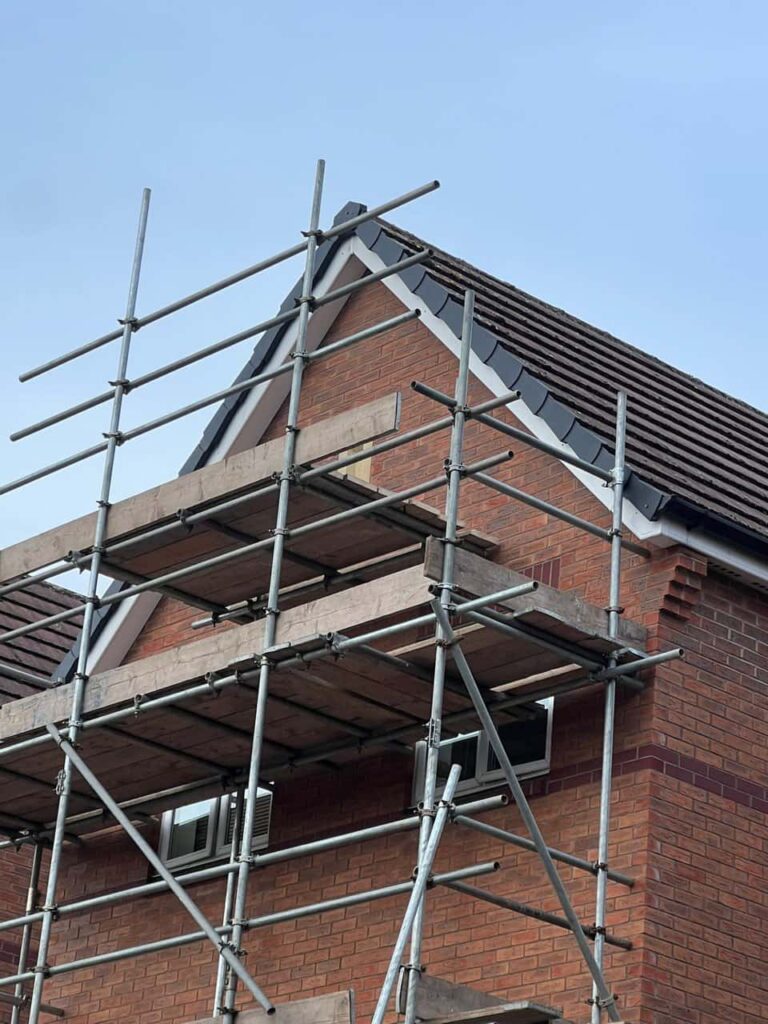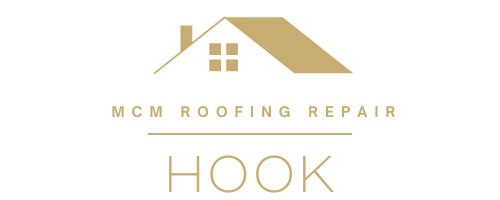For homeowners in Hook, Hampshire, the charm of an older home comes with unique challenges, particularly when it comes to energy efficiency. One of the significant areas where heat loss occurs is through the roof. Inefficient roofing can lead to higher energy bills and an uncomfortable living environment, especially during the colder months. At MCM Roofing Repairs Hook, we understand the importance of maintaining a well-insulated and energy-efficient roof. Here’s how you can prevent heat loss through your roof in older homes.
1. Assess Insulation Levels
One of the primary causes of heat loss is insufficient insulation. Older homes may not have adequate insulation in the attic or roof space.
- Check Current Insulation: Begin by inspecting your attic insulation. If you find that the insulation is thin, compressed, or non-existent, it’s time to upgrade. The recommended depth for insulation is typically around 270mm (10.6 inches) of mineral wool or equivalent.
- Consider Insulation Types: There are various types of insulation materials available, including mineral wool, fibreglass, and spray foam. Each has its benefits, so consult with a professional to determine which option is best for your home.
2. Seal Air Leaks
Air leaks around the roof can significantly contribute to heat loss. Sealing these leaks can make a noticeable difference in your home’s energy efficiency.
- Inspect for Gaps: Check for gaps around roof penetrations, such as chimneys, vents, and skylights. Use caulk or expanding foam to seal any gaps or cracks you find.
- Weatherstripping: Ensure that any access points, such as attic hatches or doors, are properly sealed with weatherstripping. This prevents cold air from entering and warm air from escaping.
3. Improve Ventilation
While proper insulation is critical, adequate ventilation is equally important. Without proper airflow, warm air can become trapped in the attic, leading to condensation and potential damage.
- Install Soffit and Ridge Vents: Proper ventilation systems, including soffit vents and ridge vents, can help regulate air circulation in your attic. This allows warm, moist air to escape while drawing in cooler air from outside.
- Use a Powered Ventilation System: In some cases, especially in older homes, a powered attic ventilator can be beneficial. This system actively circulates air in the attic, helping to reduce heat build-up and moisture.
4. Consider a Roof Upgrade
If your roof is particularly old or damaged, it may be worth considering a complete roof upgrade. Modern roofing materials and techniques offer better insulation and energy efficiency.
- Energy-Efficient Materials: When replacing your roof, consider energy-efficient materials such as metal roofing or tiles designed for thermal efficiency. These options not only enhance your home’s appearance but also provide better insulation properties.
- Reflective Roofing: If you live in a sunny area, reflective roofing materials can help keep your home cooler in summer while reducing heat loss in winter.
5. Regular Maintenance and Inspections
Preventive maintenance is key to ensuring your roof remains energy-efficient over time.
- Routine Inspections: Schedule regular roof inspections to identify any potential issues early. Look for signs of wear, damage, or deterioration in roofing materials.
- Clean Gutters and Drains: Keep gutters and downspouts clear of debris to ensure proper drainage. Clogged gutters can lead to moisture build-up, damaging insulation and the roof structure.
Conclusion
Preventing heat loss through your roof in older homes is essential for maintaining energy efficiency and comfort. By assessing insulation levels, sealing air leaks, improving ventilation, considering a roof upgrade, and performing regular maintenance, you can effectively reduce heat loss and enhance the performance of your home.
Call us on: 01256 648 399
Click here to find out more about MCM Roofing Repairs Hook
Click here to complete our contact form and see how we can help with your Roofing needs.

